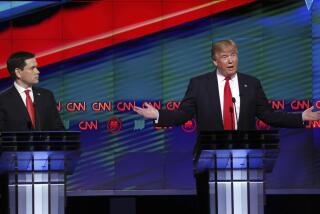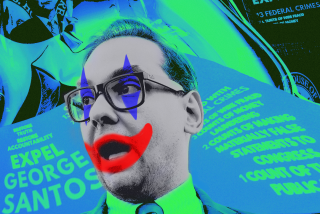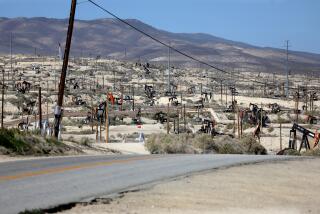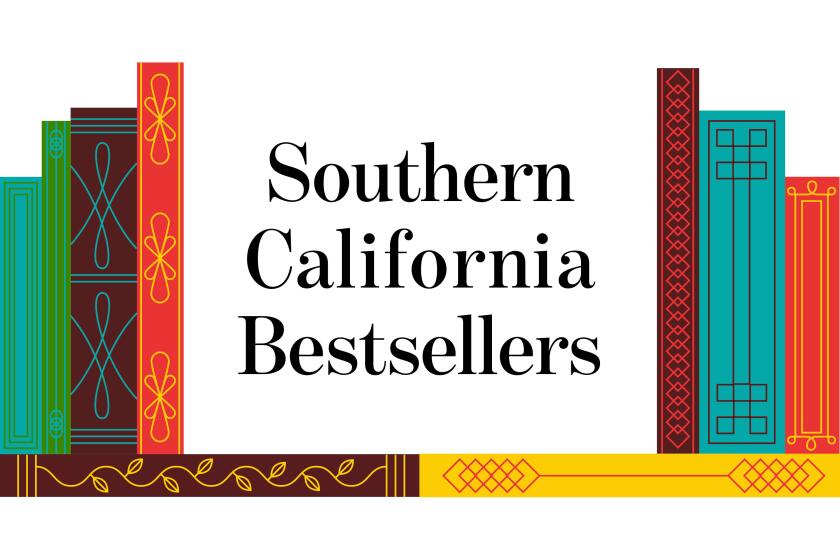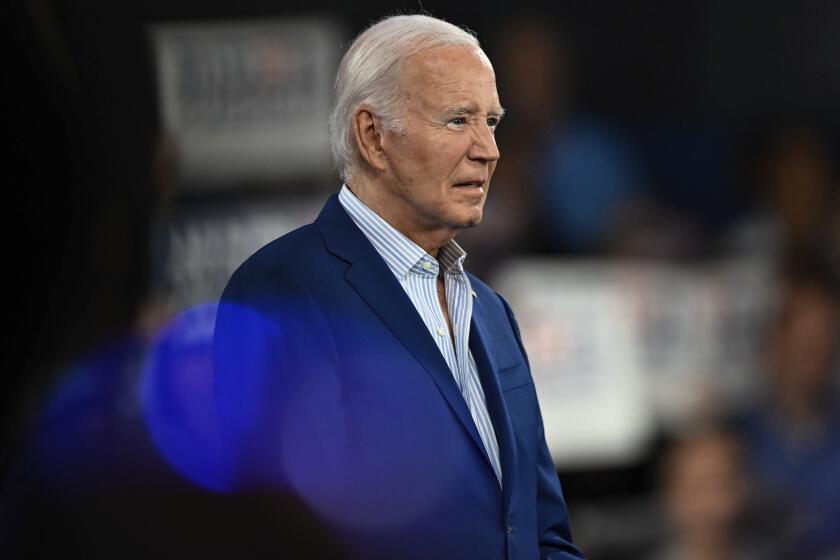Book Review : Galbraith: Making Faces at the Devil--and the Angels
- Share via
A View From the Stands by John Kenneth Galbraith, arranged and edited by Andrea D. Williams (Houghton Mifflin: $22.95)
What is Galbraith? We know he is liberal, witty, polemical and a man who tends to charm his antagonists because the dunce caps he fits on them are so finely made that they almost flatter. He suits what he writes about Malcolm Muggeridge: “It is a far better thing to be treated badly by Muggeridge than less badly by a lesser artist.”
We guess that he is a man who makes his allies slightly uneasy, because the wind currents are tricky at the altitudes where he does his thinking--among other things, he is 6-feet-8--and these allies may suspect he serves his epigrams as much as he serves them. President Kennedy, he tells us, “accused me of being more interested in alarming people with my own designs for reform than in pursuing them.”
He likes to think of himself as a dangerous person. By the evidence of this collection of bits and pieces --speeches, sketches, reviews and letters--he has an exhilarating quality, but it is not danger.
Angels and the Devil
He stands aside of the angels and makes faces at them when he is not making them at the devil’s across the way; yet I don’t think he could be without their company. He has a distinctive voice that would not choose to howl in the wilderness. He is too Berkeleian for that. If a tree falls unheard in the forest, who would go haul out the firewood? His wit is singular but not unbridled. More--and perhaps less--than wit, he exercises gracefulness.
Galbraith’s gracefulness is welcome for its own sake, and because in the world of egos and dominations where he has so often operated, it is the emollient that allows his points to get through. In the large quantities present in this collection, it can seem self-indulgent.
Some of his speeches, for example, read less well than they probably sounded. He has a tendency to conciliate even as he provokes. A disarming tone can be suitable for the charged atmosphere of a speech. It can even be exciting--will they stone me or not? On paper, it lies flat.
A number of the pieces, particularly dealing with the arts, suffer from excessive and uncharacteristic caution. Writing about an Indian painter, Galbraith is more avuncular than cogent. “I wonder if others are as embarrassed as I am in writing about painting,” he confesses after having written about everything except the painting itself.
He tells us that he likes Evelyn Waugh but has nothing much to say about him. On Anthony Trollope, on the other hand, who would be perforated by any efforts to be profound, Galbraith neatly suggests some of the pleasure this author gives by saying that he took him up as a defense against Dickens.
The book’s inclusiveness is too generous to such highly ephemeral whimsicalities as a short note about the embassy snake-catcher at the time the author was U.S. ambassador to India. Like the spots on a necktie, they are mainly the memory of souffles past.
But Galbraith at his best--I am thinking of him as a writer and commentator rather than as an economist--is a wonder. He has a priceless sense of the absurd. A farm boy, he tells of sitting on a fence with a girl he was sweet on and watching a bull service a cow. Vastly daring, he suggested that it looked like fun. “Well it’s your cow,” the girl retorted.
He is recurrently funny on the subject of William Buckley--they are the Tom and Jerry, respectively, of the liberals and conservatives--and most of all when he tells of Buckley’s imprudence in showing his amateur paintings to Chagall. “Poor paint,” Chagall remarked.
For someone who makes an art out of polite irreverence, Galbraith manages to be equally artistic in his strong admirations. Except for a piece written the day after the assassination of President Kennedy, his tributes are acute and unsentimental and, for that reason, all the more convincing. His portraits of, among others, Ambassador Chester Bowles, President Lyndon B. Johnson and First Lady Eleanor Roosevelt are both warm and strikingly perceptive.
Strong Admirations
He is a skeptic about those who retail large verities, whether they are politicians, financiers or his fellow economists. On nuclear hard-liners, he writes that “not even the most committed ideologue will be able to tell the ashes of capitalism from the ashes of communism, although, if they survive, there are some who will certainly try.” And nothing better has been said about the inability of economic theory to fix the economy than the following:
“Economic life, sad to say, is a process of constant adjustment to things that have never happened before.”
Galbraith’s wit and elegance, even when the elegance softens the wit, accomplish something especially valuable in an unelegant public era. They maintain the faith, possibly a quixotic one, that humane political discourse even in vile times can make the times less vile.
More to Read
Sign up for our Book Club newsletter
Get the latest news, events and more from the Los Angeles Times Book Club, and help us get L.A. reading and talking.
You may occasionally receive promotional content from the Los Angeles Times.
